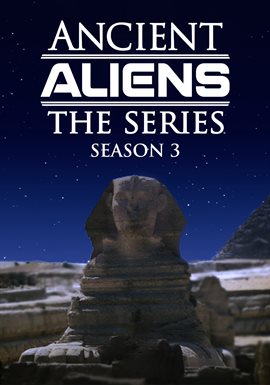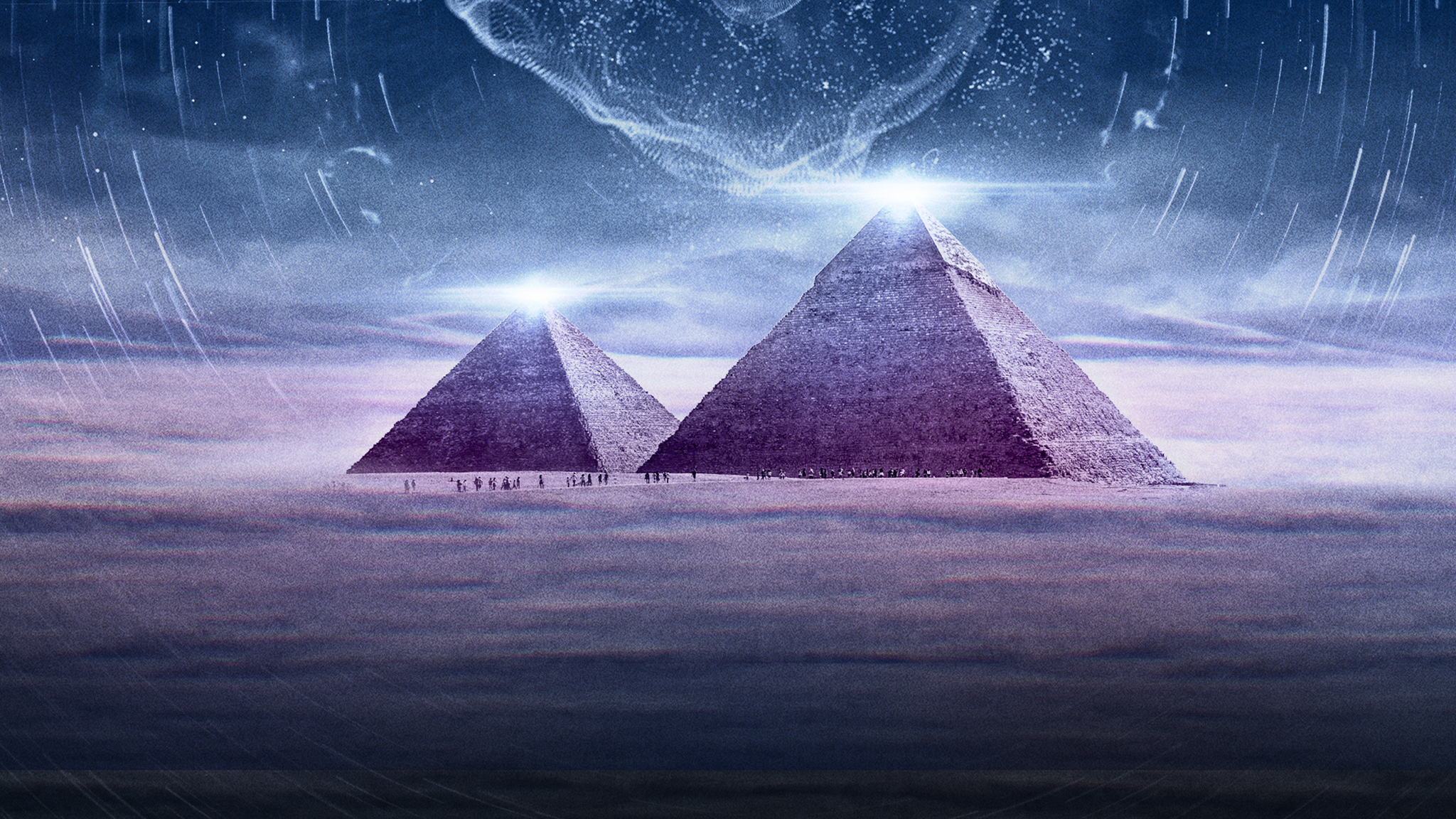

Ĭamille Flammarion (1842-1925) who lived in a time where biological science had made further progress, made speculation about how life could have evolved on other planets in works such as La pluralité des mondes habités ( The Plurality of Inhabited Worlds) (1862) and Recits de L'Infini (1872), translated as Stories of Infinity in 1873. Washington Irving in his novel, A History of New York from the Beginning of the World to the End of the Dutch Dynasty, spoke of earth being visited by Lunarians. In "The Excursion" (1728) David Mallet exclaimed, "Ten thousand worlds blaze forth each with his train / Of peopled worlds." In 1752, Voltaire published the novella Micromégas, telling the story of a giant that visits earth to impart knowledge. Her spots thou seest As clouds, and clouds may rain, and rain produce Fruits in her softened soil, for some to eat Allotted there and other Suns, perhaps, With their attendant Moons, thou wilt descry, Communicating male and female light, Which two great sexes animate the World, Stored in each Orb perhaps with some that liveįontanelle's " Conversations on the Plurality of Worlds" with its similar excursions on the possibility of extraterrestrial life, expanding rather than denying the creative sphere of a Maker, was translated into English in 1686. The possibility of extraterrestrial life was a commonplace of educated discourse in the 17th century, though in Paradise Lost (1667) John Milton cautiously employed the conditional when the angel suggests to Adam the possibility of life on the Moon: The frigid spheres that 'bout them fare Which of themselves quite dead and barren are, But by the wakening warmth of kindly dayes, And the sweet dewie nights, in due course raise Long hidden shapes and life, to their great Maker's praise. With the new relative viewpoint that understood "our world's sunne / Becomes a starre elsewhere", More made the speculative leap to extrasolar planets, The didactic poet Henry More took up the classical theme of Cosmic pluralism of the Greek Democritus in "Democritus Platonissans, or an Essay Upon the Infinity of Worlds" (1647). Even if much of the story is fantasy, the scientific facts about the moon and how the lunar environment has shaped its non-human inhabitants are science fiction. In Johannes Kepler's Somnium, published in 1634, the character Duracotus is transported to the moon by demons. The assumption of extraterrestrial life in the narrow sense (as opposed to generic cosmic pluralism) becomes possible with the development of the heliocentric understanding of the Solar System, and later the understanding of interstellar space, during the Early Modern period, and the topic was popular in the literature of the 17th and 18th centuries. Other worlds are depicted in such early works as the 10th-century Japanese narrative, The Tale of the Bamboo Cutter, and the medieval Arabic The Adventures of Bulukiya (from the One Thousand and One Nights). The 2nd century writer of satires, Lucian, in his True History claims to have visited the moon when his ship was sent up by a fountain, which was peopled and at war with the people of the Sun over colonisation of the Morning Star. Pre-modern Ĭosmic pluralism, the assumption that there are many inhabited worlds beyond the human sphere predates modernity and the development of the heliocentric model and is common in mythologies worldwide.

Kaguya-hime returning to the Moon in The Tale of the Bamboo Cutter (c. Thus, aliens will likely remain a central theme in science fiction until we actually encounter them. Still, as evidenced by widespread belief in alien visitors (see UFOs) and efforts to detect extraterrestrial radio signals, humans also crave companionship in a vast, cold universe and aliens may represent hopeful, compensatory images of the strange friends we have been unable to find. One can probe the nature of humanity with aliens that by contrast illustrate and comment upon human nature. Science fiction aliens are both metaphors and real possibilities.

Įxtraterrestrials are a common theme in modern science-fiction, and also appeared in much earlier works such as the second-century parody True History by Lucian of Samosata. The first published use of extraterrestrial as a noun occurred in 1956, during the Golden Age of Science Fiction. The word extraterrestrial means "outside Earth". Martian controlled Tripod, from War of the WorldsĪn extraterrestrial or alien is any extraterrestrial lifeform a lifeform that did not originate on Earth.


 0 kommentar(er)
0 kommentar(er)
